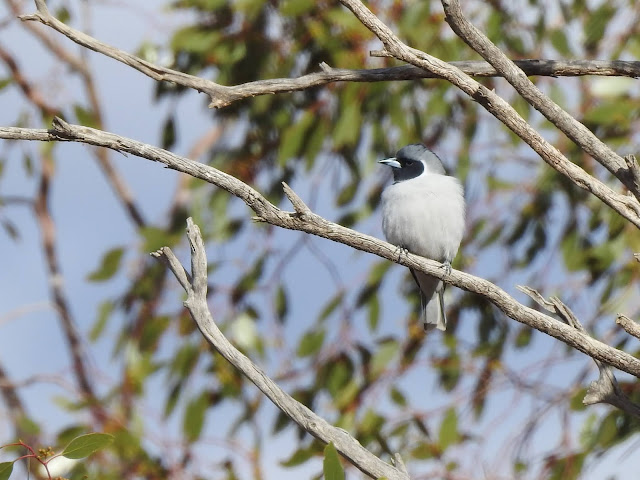Dear birding friends,
Thank you for your support of Australian Bird Safaris thus
far.
Throughout 2020 the global COVID-19 pandemic has had a
massive impact to the tourism industry in Australia. This impact is certain to
continue to affect tourism operations throughout 2021. As a new birding tourism
business, we certainly have not been immune.
As a result of the pandemic continuing, we have reluctantly
decided to shelve much of our birding tour plans for 2021 and to hope for
‘bluer skies’ in 2022 and beyond.
The reasons are, sadly, obvious. International travel
remains unlikely for 2021. Circumstances around interstate travel, as recent
situations have demonstrated, can change rapidly. Similarly, it is easy to
imagine circumstances that could negatively affect intrastate travel within
Queensland as has occurred within 2020. In addition, with the virus continuing
and the vaccination of our community still a way off, we would like to be both
responsible and conservative in our judgements so as not to offer any chance to
spread a virus to sensitive isolated communities.
We sincerely hope that some short birding opportunities may
present themselves during 2021 and that we can begin some long-haul tours
during 2022. We hope that you will consider travelling and birding with us in
the future.
We are already planning an exciting birding programme for
2022 and we certainly plan to run tours through the Wet Tropics to Cape York
in October of that year. During 2022 we also plan to run tours into SW
Queensland visiting both Bowra and other properties in the greater
Cunnamulla area in June 2022. We also are planning a Queensland Grasswren
Tour for August 2022, beginning and ending in Longreach visiting Winton
[Opalton Grasswren], Mt Isa [Kalkadoon and Carpentarian Grasswrens], Birdsville
[Eyrean and Grey Grasswren]. September will see a NW QLD tour that
begins in Townsville, visits some sites in NE Queensland before visiting
Georgetown, Karumba and Lawn Hill Gorge before finishing in Mt Isa.
Please consider joining one or more of our tours in 2022!
Please advise if you wish to claim your seat on any of the described tours for
2022.





















